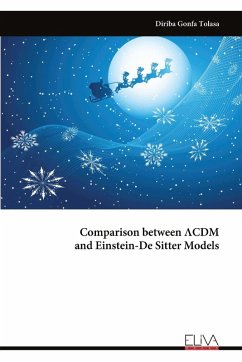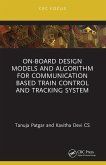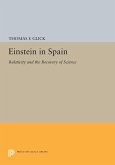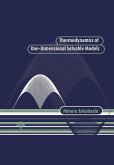The ¿CDM (Lambda-Cold Dark Matter) model and the Einstein-De Sitter (EdS) model are two prominent theories describing the evolution of the universe. The key differences are: The ¿CDM model includes a non-zero cosmological constant (¿) that drives the universe's accelerated expansion, as well as cold dark matter that facilitates structure formation. In contrast, the EdS model assumes a flat universe with no dark energy or dark matter. Observationally, the ¿CDM model has been extensively validated and found to match a wide range of data, from the cosmic microwave background to galaxy surveys. The EdS model, however, has been largely ruled out as it fails to account for the observed accelerated expansion and structure formation. Overall, the ¿CDM framework has emerged as the standard cosmological model due to its comprehensive explanatory power and agreement with modern astronomical observations. The simpler EdS model, while historically significant, has been superseded by the more sophisticated ¿CDM paradigm.
Bitte wählen Sie Ihr Anliegen aus.
Rechnungen
Retourenschein anfordern
Bestellstatus
Storno









